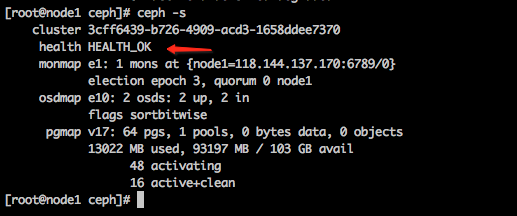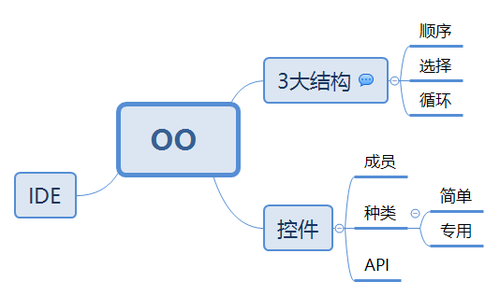HDU 5491 The Next
2015 ACM/ICPC Asia Regional Hefei Online
Problem Description
Let L denote the number of 1s in integer D’s binary representation. Given two integers S1 and S2, we call D a WYH number if S1≤L≤S2.
With a given D, we would like to find the next WYH number Y, which is JUST larger than D. In other words, Y is the smallest WYH number among the numbers larger than D. Please write a program to solve this problem.
Input
The first line of input contains a number T indicating the number of test cases (T≤300000).
Each test case consists of three integers D, S1, and S2, as described above. It is guaranteed that 0≤D<231 and D is a WYH number.
Output
For each test case, output a single line consisting of “Case #X: Y”. X is the test case number starting from 1. Y is the next WYH number.
Sample Input
3
11 2 4
22 3 3
15 2 5
Sample Output
Case #1: 12
Case #2: 25
Case #3: 17
解题思路:先将给的d加一,然后判断d中1的个数,如果大于s2,则将s2中最右边的1加1,如1100就加上100,不断循环直到小于s2,如果小于s1的话,则将0变为1,顺序是从右向左,直到大于等于s1即可。
注意两点:
1.首先虽然声明的D小于2的三十一次方,但是移动的时候可能会大于,所以要开成longlong 型。
2.这道题检测1的个数与查询第一个1的位置时不要一个一个检测,要懂得运用x&-x这个数据结构
检测1的个数:
这种方法速度比较快,其运算次数与输入n的大小无关,只与n中1的个数有关。如果n的二进制表示中有k个1,那么这个方法只需要循环k次即可。其原理是不断清除n的二进制表示中最右边的1,同时累加计数器,直至n为0,代码如下
int BitCount2(unsigned int n){unsigned int c =0 ;for (c =0; n; ++c){n &= (n -1) ; // 清除最低位的1}return c ;}
为什么n &= (n – 1)能清除最右边的1呢?因为从二进制的角度讲,n相当于在n - 1的最低位加上1。举个例子,8(1000)= 7(0111)+ 1(0001),所以8 & 7 = (1000)&(0111)= 0(0000),清除了8最右边的1(其实就是最高位的1,因为8的二进制中只有一个1)。再比如7(0111)= 6(0110)+ 1(0001),所以7 & 6 = (0111)&(0110)= 6(0110),清除了7的二进制表示中最右边的1(也就是最低位的1)。
最右边1加1:x+=x&-x;(树状数组的lowbit哦)
AC代码:
#include<iostream>#include<cstdio>#include<cmath>#include<queue>#include<algorithm>#include<stack>#include<cstring>#include<vector>#include<list>#include<set>#include<string>#include<map>using namespace std;int eva(int d){int c=0;for(;d;c++){d&=(d-1);}return c;}int main(){int t,_=1;scanf("%d",&t);while(t--){int s1,s2,x;long long d,d1;scanf("%I64d%d%d",&d,&s1,&s2);d++;x=eva(d);while(x>s2){d+=d&(-d);x=eva(d);}if(x<s1){int k=1;for(int i=0; i<s1-x; i++){while(d&k) k<<=1;d|=k;}}printf("Case #%d: %lld\n",_++,d);}return 0;}



































还没有评论,来说两句吧...